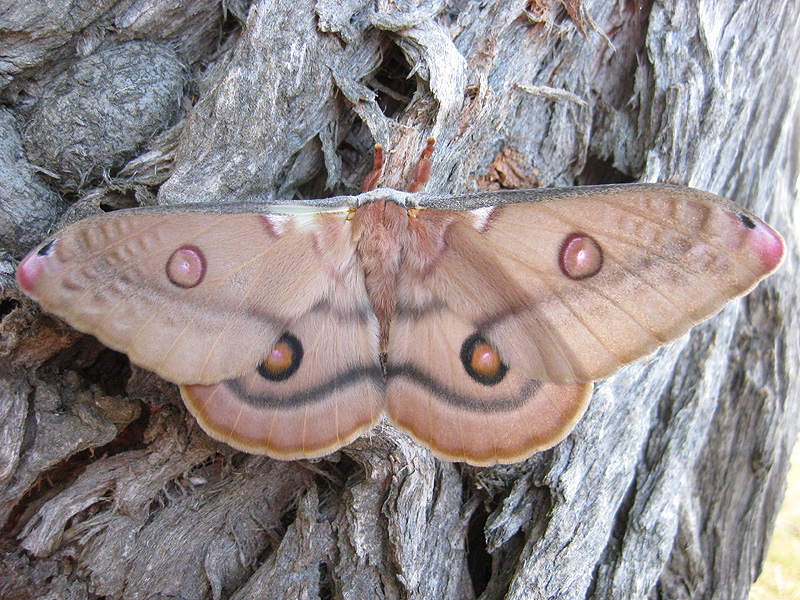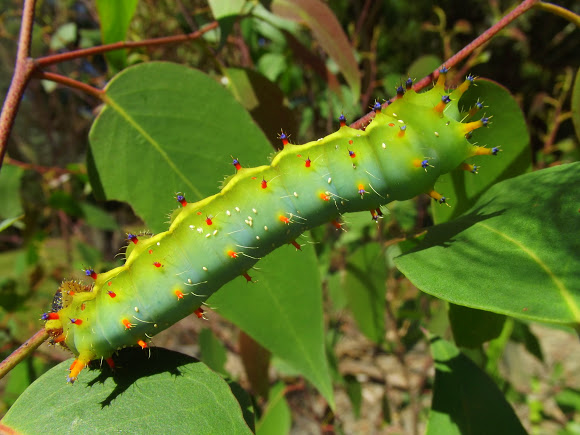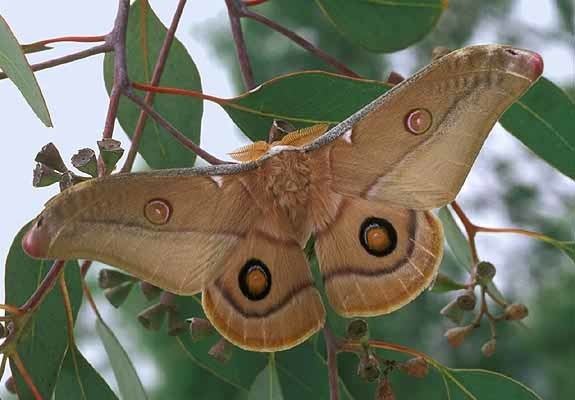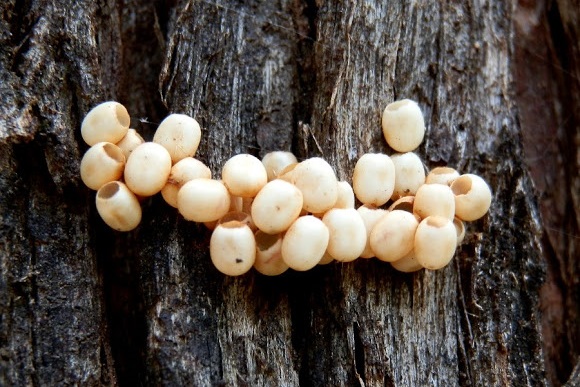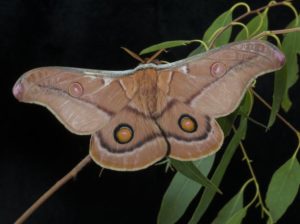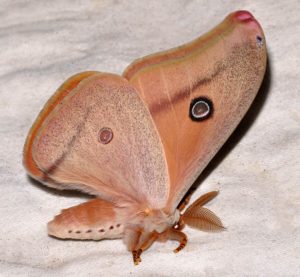Emperor Gum Moth (Opodiphthera eucalypti)
Emperor gum moth of the Saturniidae family is a native of different parts of Australia and New Zealand. They were initially a part of the Opodiphthera genus but presently placed in the Antheraea genus.
3.bp.blogspot.com
Scientific Classification
- Family: Saturniidae
- Genus: Opodiphthera
- Scientific Name: Opodiphthera eucalypti
Description and Identification
Caterpillar
After hatching, the larvae appear black and also have short hairs on the node-like projections called tubercles. These hairs, however, are not urticating, and the larvae will not sting if touched. They go through about five instars and attain a new skin color in every stage. In their final instar, the larvae have a greenish-blue body with cream or yellow stripes and blue or red nodes. They mainly feed on eucalyptus leaves and are difficult to spot.
Pupa
The pupa remains enclosed inside a brown silken cocoon enveloped within a leafy enclosure. A day after the completion of spinning, the cocoon hardens, rough on the outside and smooth within. One could even spot small air holes to the side, indicating that they are air-tight. In most cases, the adult moth comes out of the cocoon in the following spring or summer. However, the weather condition plays an integral part in this regard. The moth could stay inside the cocoon anywhere from 2 to 5 years.
Adult Moth
Sexual Dimorphism: Present
Female emperor gum moth species appear larger with thinner antennae, also having fewer hairs. They are mostly spotted at night. On the other hand, the males have a feathery, hairy antenna.
Color and Appearance
The wings appear furry, having a reddish-brown coloration. One striking feature is the four big eyes, arranged in groups of two on the fore and hindwings.
The front wings’ eyes have a pinkish hue, while those on the back wings look orangish with a black outline. Black, white, and orange curved lines border the eyes below.
Average Wingspan: 12 – 15 cm
Flight Pattern: Not recorded
Season: March- May
Quick Facts
| Distribution | In parts of Australia, including Queensland, Victoria, New South Wales, Northern Territory |
| Habitat | Woodlands, and forests |
| Predators | Birds, and bats |
| Lifespan of Adults | 3 – 4 weeks |
| Host Plants | Eucalyptus, grapevines, silver birch, pepper trees |
| Adult Diet | Don’t feed |
Scientific Classification
- Family: Saturniidae
- Genus: Opodiphthera
- Scientific Name: Opodiphthera eucalypti

